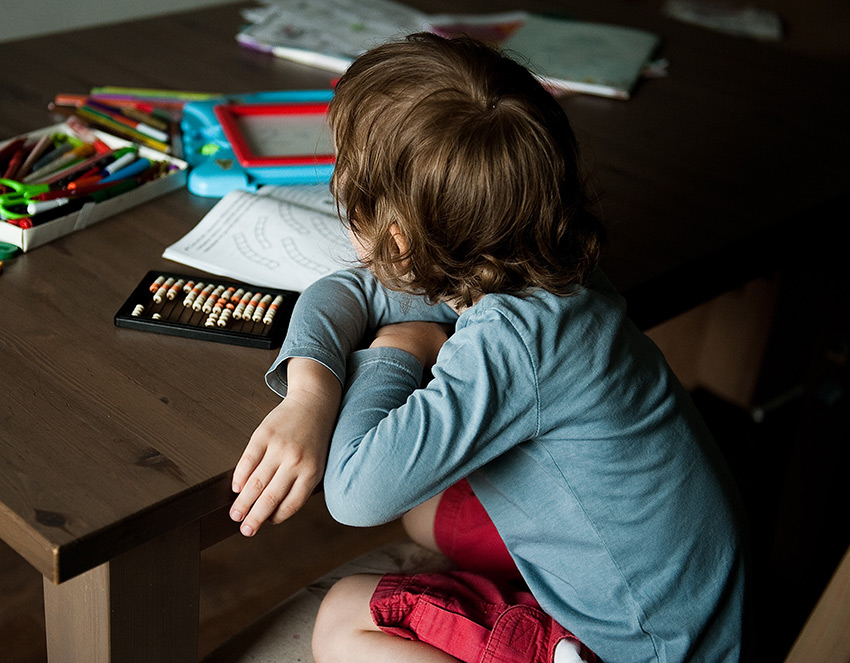
A person’s well-being is closely correlated to the amount of exercise they obtain. Studies have demonstrated that exercise lowers stress, enhances mood, and helps prevent obesity. Unfortunately, due to their inactivity, many students struggle with obesity, anxiety, despair, and other health issues.
There are several reasons why students don’t exercise. Let’s discuss them one by one:
There are several reasons why students might struggle to fit exercise into their routines. Let’s delve deeper into these common barriers. By understanding these challenges, we can explore strategies to help students overcome them and embrace a more active lifestyle.
1. Video games and television:
One cause is the development of technological innovations. What was once regarded as typical “play-time” is now being replaced by television and video games. Furthermore, these hobbies are frequently done for hours inside without expending many calories. It’s important to encourage kids to exercise vigorously for at least an hour each day, as playtime is crucial for kids to acquire the motor skills needed for daily life and sports.
2. Time constraints:
One of the most common reasons is that students do not have proper time management, due to their busy schedule from studies, extra classes, and homework. Students must prioritize exercise as an essential aspect of their daily routine.
3. Students don’t enjoy exercise:
Another reason for not exercising is that some students do not enjoy it. If we don’t enjoy something, we tend to avoid doing it. However, exercising can be made more enjoyable by finding activities that students enjoy, such as swimming, dancing, or playing sports with friends.
Also Read: Top 10 ways to build confidence in your students
4. No one is there to encourage them:
Sometimes, children have nowhere safe to play or nobody to monitor them outside. Other times, exercise is not a top priority for the family. Children are less inclined to exercise if parents do not exercise. Parents can encourage their children to exercise by joining them or enlisting them in a team sport. Exercising together has social benefits and helps maintain an active lifestyle for everyone.
5. Lack of facilities:
Many people believe that exercise can only be done in parks, gyms, or on sports fields. However, limited availability of these facilities or their distance from home can make it difficult for students to exercise, leading them to skip it altogether.
6. Social factors:
Low self-esteem, lack of confidence in athletic abilities, and shyness can demotivate students from exercising.
7. Don’t know where to begin:
Beginners in exercising may feel overwhelmed or intimidated, especially when they have no guidance on how to start. This can make it difficult for students to exercise on their own.
8. Don’t have anyone to do exercise with:
Joining a group exercise program can be a good way to stay motivated. Without anyone to exercise with, students may find it difficult to stay committed.
9. Unaware of the importance of exercise:
The benefits of exercise may not have been clearly explained to students, even when physical training is provided in school. This can lead to students viewing exercise as just another daily task.
10. No prior results:
When students invest time in exercise, they expect to see results. However, if they don’t see any visible changes, they may become discouraged and quit.
Establishing an exercise routine that fits students’ schedules and encouraging them by highlighting the benefits of exercise can play an important role in keeping them engaged on a regular basis. Finding the time and motivation to exercise regularly can be challenging, but the positive impact on both physical and emotional health is worth it.
Conclusion
Establishing an exercise routine that fits students’ schedules and encouraging them by highlighting the benefits of exercise can play an important role in keeping them engaged on a regular basis. Finding the time and motivation to exercise regularly can be challenging, but the positive impact on both physical and emotional health is worth it.
FAQs:
1. Why don’t children exercise?
There can be several reasons kids might not get enough exercise. These include:
- Screen time: Kids glued to TVs, tablets, and phones have less time for active play.
- Lack of structured activities: Busy schedules might not include playtime or organized sports.
- Safety concerns: Some parents might restrict outdoor play due to safety worries.
- Dislike for traditional exercise: Maybe regimented workouts don’t appeal to your child.
2. What happens if kids don’t exercise?
An inactive lifestyle can lead to health problems down the line, such as:
- Increased risk of obesity: Exercise burns calories and helps maintain a healthy weight.
- Weaker bones and muscles: Physical activity strengthens bones and muscles, reducing injury risk.
- Health issues: Lack of exercise can contribute to conditions like diabetes and heart disease.
- Lowered self-esteem: Inactive kids might feel less confident about their bodies and abilities.
3. Why is exercise important?
Exercise is crucial for a child’s overall well-being. Here’s how it benefits them:
- Physical health: Improves cardiovascular health, strengthens bones and muscles, and boosts the immune system.
- Mental health: Reduces stress, improves sleep, and can enhance mood and focus.
- Social skills: Team sports and group activities encourage teamwork and social interaction.
- Healthy habits: Instilling a love for exercise early sets the stage for lifelong health.
4. Can exercise have negative effects?
While exercise is great, it’s important for it to be safe and age-appropriate. Here are some potential downsides:
- Overtraining: Pushing kids too hard can lead to injuries and burnout. Listen to their body and avoid overexertion.
- Focus on competition: Overemphasis on winning can take the fun out of exercise and discourage less skilled kids.
- Pressure and negativity: Focus on enjoyment and participation rather than performance to keep things positive.


